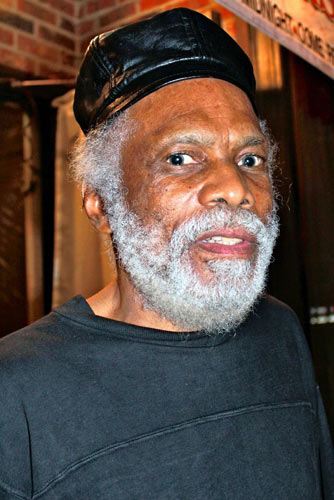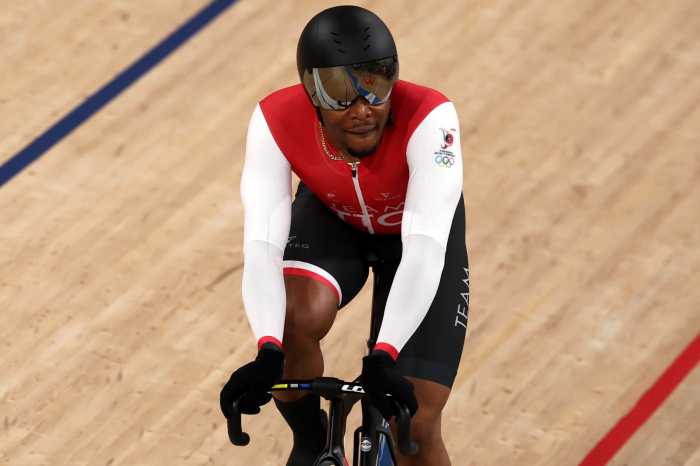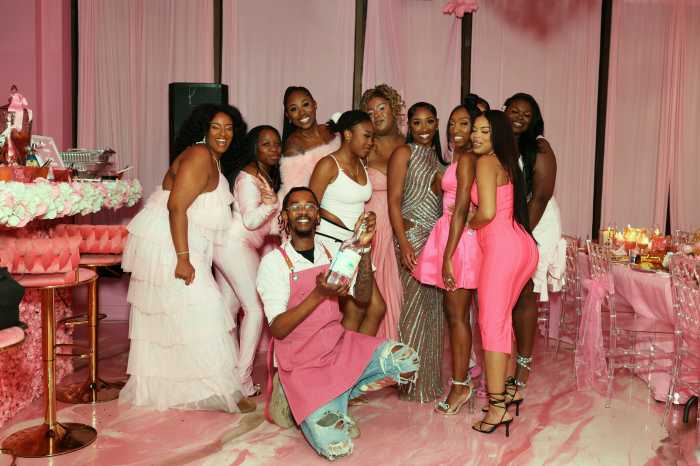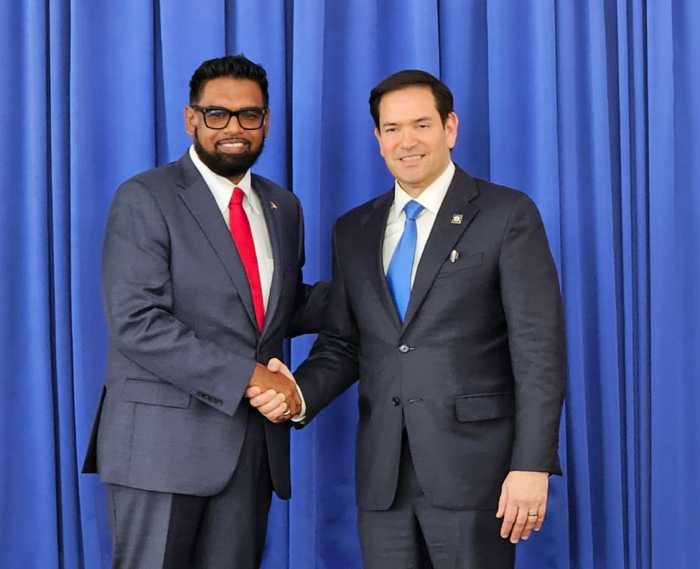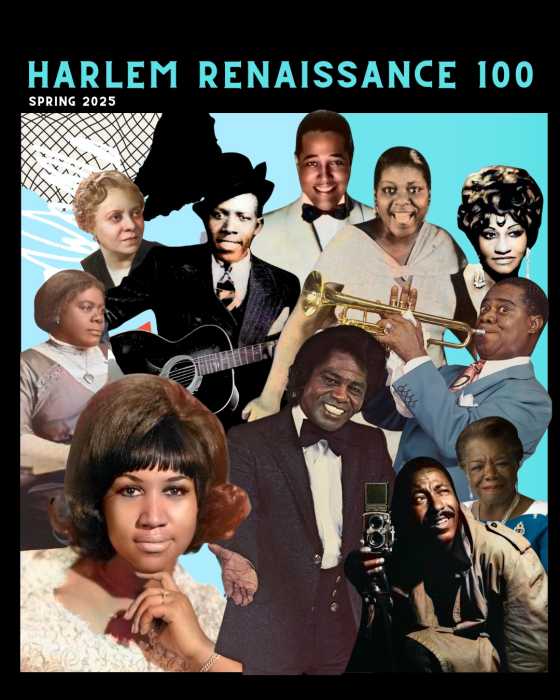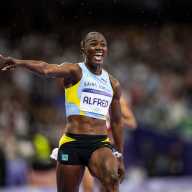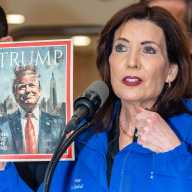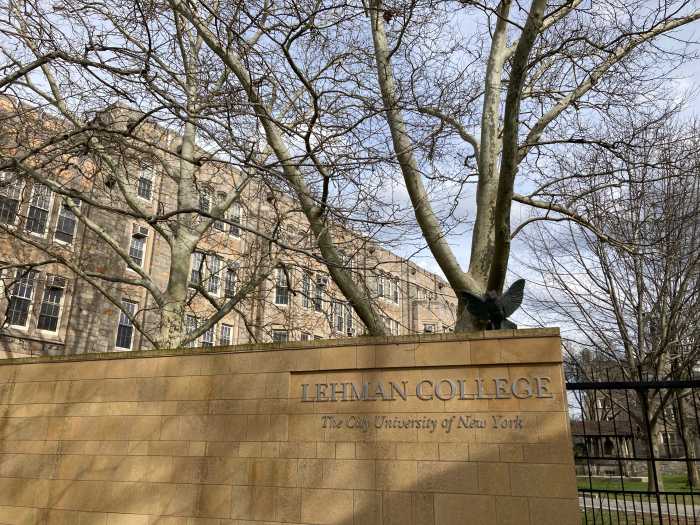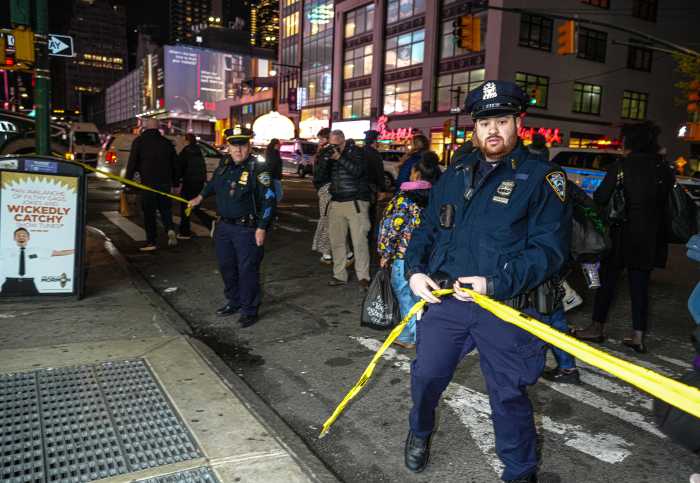Across the years, Labor Day Carnival might have found its bliss in an atonality of colors, but nothing on Eastern Parkway can be as challenging as Roy Pierre and Associates’ parade of off-color and Off-Broadway characters massing in the dew of J’Ouvert. Harlequins & Pierrots catching the sunrise and penetrating (and titillating) the bedrock of the Caribbean community, from Flatbush to Empire Blvd., and Nostrand to Linden.
“Pierre’s mas is the most theatrical on the boulevard,” Moreen Hartman says. “He’s won 15 J’Ouvert titles.”
Pierre, who began playing mas in Trinidad at age 7, alongside his late mother Roslyn O’Brien, isn’t known to restrain emotions. “I guess that’s why [spectators] call us The Minshall of Brooklyn,” he said at his camp. “It doesn’t matter that we play out the mas in the J’Ouvert,”
Expressive and deeply focused, Pierre – born 66 years ago in Belmont, then immigrating to Brooklyn in his late teens – has no truck with WIADC, organizers of the Labor Day festival. It might have been a hard slog pushing against the mainstream, yet he won Band of the Year honors in 1974 with Midnight in the Oasis.
A skimpy budget and withered sponsorship had conspired to shift his presentations away from primetime. Now, 18 years into his creative passage, Pierre wears a graveyard grin, savoring the excitement of a mas, whose black-and-white couture goes against the grain of a comic character dressed in multicolored tights.
With costumes ranging from $55-$90, Pierre admits to no money in the mas, while chiding organizers for not pushing a business head. “We need business people, not culture people.”
Nowhere do dark and light play themselves more appropriately than in Harlequins & Pierrots. The band might have a whiff of traditional J’Ouvert, but it definitely reeks of pretentious overtones. And Pierre will lure spectators as if by engraved invitation.
Along with creative advisor, poet Mervyn Taylor, both hand the mas a kind of hybrid genre of serio-comic semi-opera, imbuing it with a surfeit of surrealism so loud as to make everyone stare like displaced goats on the Avenue.
As for transitioning J’Ouvert to the footlights – indeed, hopping over them and taking over the stage in spectacular fashion, Pierre and associates deserve props, says Martin Heywood, of the defunct Savage.
“People love Roy’s style and fashion,” says Taylor. “They have a sense of how to transform themselves into something. We take the ordinary and make it extraordinary.”
The pair hooked up in the late ’50s in a fancy sailor band. Thereafter, as Minshall masqueraders, their outlook on mas deepened. So, transposing their artistry to Flatbush came naturally – and with story.
“He’d bring an idea and I’d tweak it,” Taylor says. “When he came up with Masked ball (2011), I said, ‘Why not Governor’s Ball?’ It sharpens focus on the Sparrow calypso.”
Likewise with Harlequins & Pierrots – a hook from C’est La Vie (2008). Taylor and another character imitated a magical black-and-white scene about heartbreak in An American in Paris.
“Now, amid all that black and white, I suggested a hint of red.”
With emphasis on a Harlequin doll, Pierre flaunts the riff as “a vibration on Trinidad and Tobago’s 50th anniversary of Independence.”
“Harlequins & Pierrots will make serious noise,” says mas player Annette Norea.
No wonder.
Keith Getter, the band’s documentarian, grabs at the contrast in the mas as the juxtaposition of seriousness and frivolity. The divide of the haves and have nots, “and the sense of unity that exemplifies that we’re not as separated as we think.”


